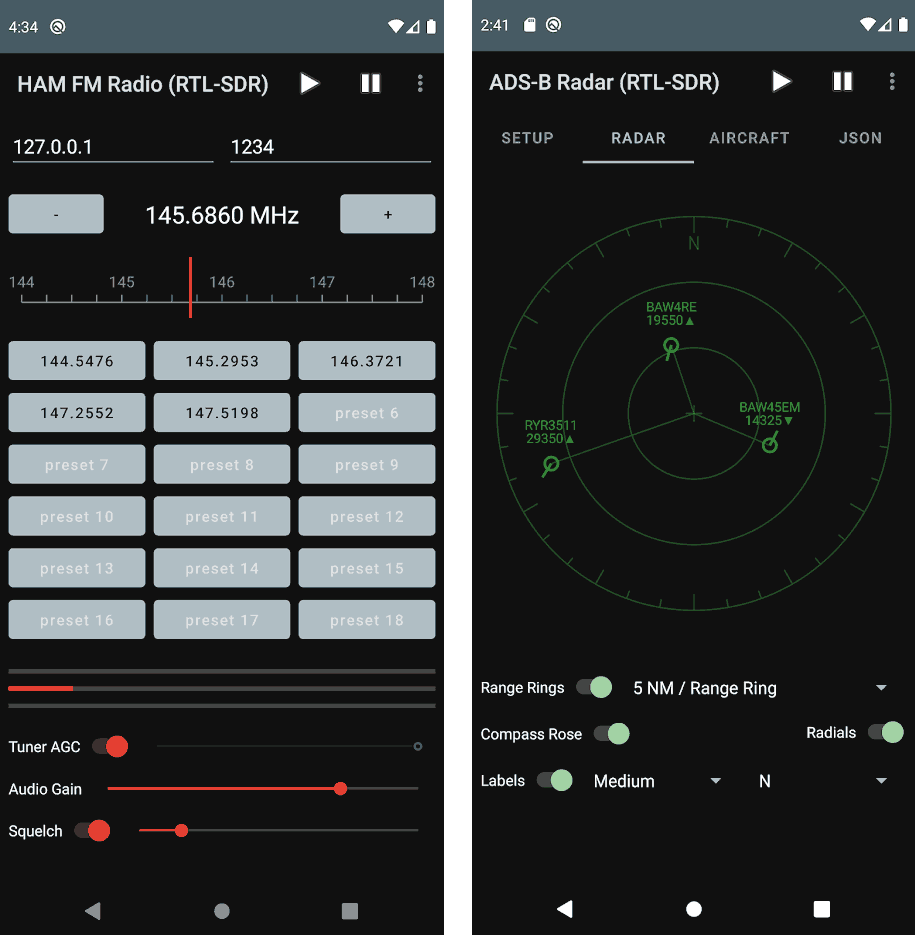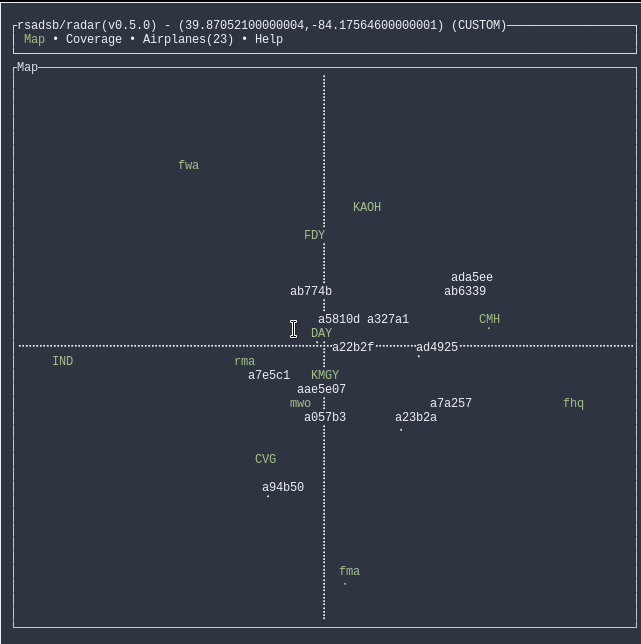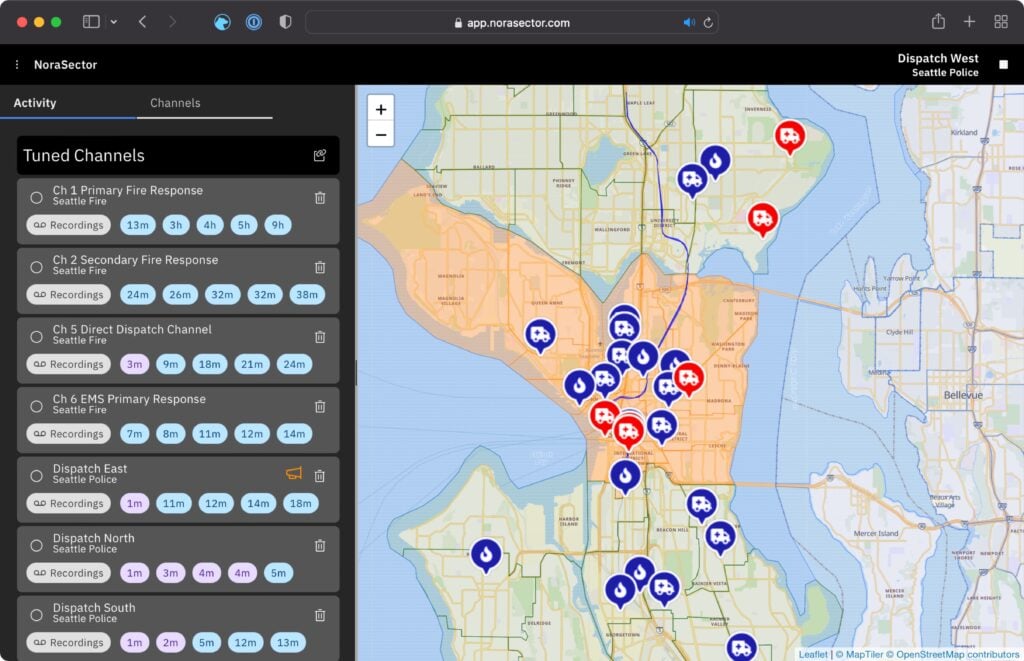Open-Weather: Contribute to a Snapshot of the Climate Crisis Through NOAA Satellite Imagery
Open-weather is an art project made up of a community of volunteers who capture NOAA weather satellite images with RTL-SDR or similar devices. The images are then collected and stitched together to form a snapshot of the planet, and to be used in various art projects. We have previously posted about some related art projects that the team behind open-weather have done in the past.
Receiving NOAA satellite images may now be run of the mill for many of us technically minded people who have been in this hobby for a while, but one of the ideas behind open-weather is to reach out and inspire people from any background to try and receive satellite weather images. This includes people and communities in the arts that may not be technically minded at all. To achieve this the team has created easy to understand guides, hosted workshops, and created artwork and performances based around the reception of these satellite images.
In a recent article on theconversation.com, the team describe how they collected 38 images from 29 volunteers, across 14 countries and six continents on the first day of the COP26 climate conference. By involving more people in the process of essentially watching the earth from afar, they hope to inspire climate responsibility and to put some thought behind how we are affecting and being affected by the changing environment. An excerpt from the article is pasted below:
This snapshot included a cyclonic weather system curling around the UK, dust clouds sweeping the Indian subcontinent, and the glaciers of the Patagonian Andes, which have been shown by geographer Bethan Davies to be rapidly receding and thinning in response to global warming.
...These satellite images and field notes demonstrate that the climate crisis feels different depending on who you are and where you live. In some places, dry seasons are expanding. Elsewhere, it’s clouds of dust, increasingly volatile storms, or health effects triggered by the air that we breathe.
As politicians fail to respond to the climate emergency, a growing community of Earth-watchers has practical and political potential. Together, we might learn to be collectively responsible for, and accountable to, the environments we are changing.



